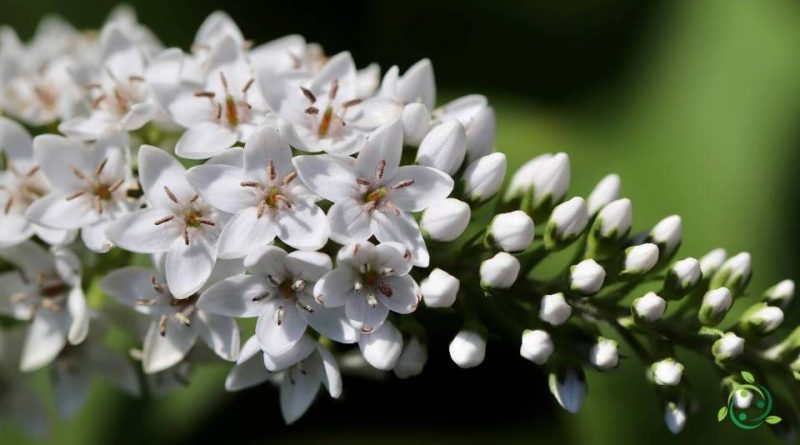Inflorescence
Inflorescence
In botany, the term inflorescence means a particular close arrangement of a variable number of flowers on the floral axis, in some cases separated only by bracts.
The term inflorescence or inflorescence (which derives from the late Latin inflorescĕre “to bloom”) is therefore a grouping of branches that bear flowers, typically observed in Angiosperms.
After the fertilization and the formation of the fruits, if these are not deciduous, an infructescence can develop from the inflorescence.
In the evolutionary context, the solitary flower represents the simplest and most ancient condition; with the evolution the inflorescences have developed, composed of numerous flowers. The evolutionary advantages of the inflorescences are essentially two:
– the first is that they are more conspicuous and attract more pollinating insects;
– the second is linked to the scalar opening of the inflorescence flowers, which allows the plant to receive pollen for a longer period.
Various forms and characterizations of inflorescences have evolved in nature.
Thus, on the basis of the progression of the anthesis (the moment in which the opening of the flowers occurs), two main types of inflorescences can be distinguished:
– defined or selvedge inflorescences in which the main axis of the inflorescence ends with a flower apex which soon converts into flower primordium blocking growth; in this type of inflorescences, the flowers usually open starting from the top down.
– indefinite or racemose inflorescences in which the growth axis produces only lateral flowers or portions of the inflorescence; in this type of inflorescences the lower and more external flowers open first, and at the same time new ones are formed in the center or at the apex.
As regards the morphological aspect, the following inflorescences can be had:
– simple inflorescences, with a single branching axis (example: racemes, spikes, umbels);
– compound inflorescences, with two or more branching orders (example: tops, panicles).
Among the various forms of inflorescences are mentioned:
– Amento;
– Flower head, inflorescence composed of a dense terminal agglomeration of sessile flowers;
– Ciazio;
– Top;
– Corimbo;
– Corn on the cob;
– Umbrella, inflorescence in which all the flowers have a peduncle of more or less equal length;
– Raceme;
– Sicono;
– Spadix;
– Spike, inflorescence formed by numerous flowers inserted on a central rachis.
Furthermore, an inflorescence that has the appearance of a single flower is called pseudanzio.

